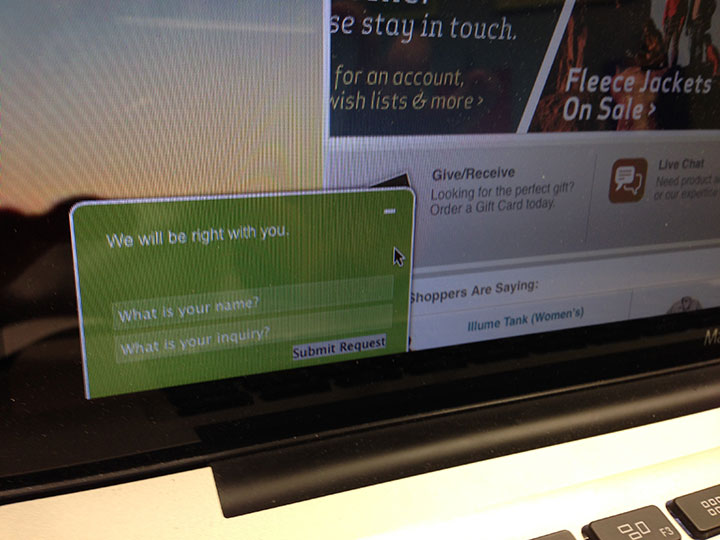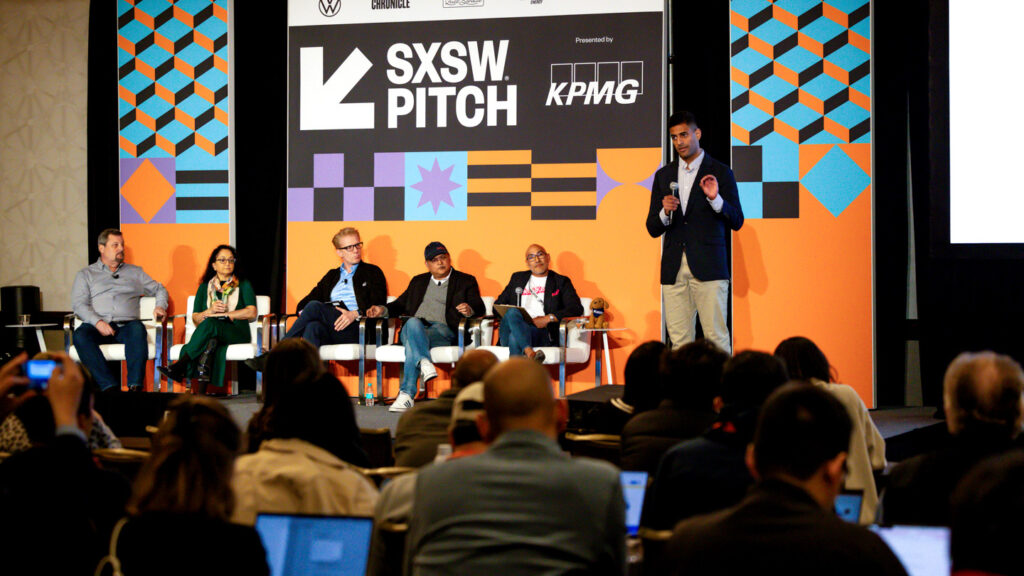 If you were to follow the minimalist principle “omit needless things” when it comes to product packaging, you could make the case that the blister pack is the epitome of minimalism. That hard plastic shell that encases everything from pills to batteries is made from one single material and is easy to repurpose for any product during the production process. However, if you’re a consumer, you may be too busy throwing the package across the room in frustration to notice its striking simplicity. The fact is, while this may fit the definition of minimalist packaging, it doesn’t fit the definition of good packaging. Sometimes, minimalism takes the form of something that feels much more complicated but retains its simplicity in its ease of use and recyclability. The best packaging usually comes from a focus on the consumer experience and the entire life cycle of a product (rather than the manufacturing process). The Positive Side of Product Packaging With the tremendous growth of productization in the last century comes the burden of figuring out how to reduce the waste of all that product packaging. When done right, minimalist packaging can actually have a positive effect on the environment. Through recyclable materials and reusable designs, packaging can have a second or third life as something else entirely, cutting down on the amount of trash we throw away instead of adding to it. For companies, the incentive isn’t just ecological. While product packaging may not be the leading factor in a purchasing decision, it can be a deciding factor when choosing between similar products. Good packaging means your first impression with consumers is a positive one, and if you’re improving the world, that’s a bonus. 5 Package Designs That Are Making a Smaller Impact While there are plenty of examples of packaging that’s annoying or just plain wasteful, plenty of companies are making great strides in creating clever, useful packaging that uses the bare minimum of materials. Here are five of the best designs out there: 1. Puma’s Clever Little Bag: Made of recycled plastic, this reusable bag reduces the amount of cardboard needed for packaging by 65 percent, meaning Puma is eliminating 8,500 tons of paper in its production process. An even more amazing benefit is how the lightweight packaging will reduce the use of fuel and carbon emissions in the shipping process. 2. Method Products: Possibly the best example of ultra-minimalist packaging, Method’s designs not only make its products significantly more attractive to consumers, but many products also exercise William McDonough’s concept of playing in a single material to make the recycling process easier. Because Method does not intermingle different materials in its packaging, nothing has to be deconstructed before it can be recycled. 3. Squeezable Pouch Foods: If you have young children, you probably already understand the miracle of the squeezable pouch. On top of minimizing the amount of packaging material required, these pouches are easy for kids to use on their own and minimize food waste (as well as messes). 4. Apple Products: It’s impossible to make this list without mentioning the juggernaut of minimalist product packaging. For Apple, the packaging is the product. You know what you’re getting, the materials are high-quality yet easily recycled, and they add value to the purchase. Opening an Apple product is easy and can even be fun. 5. Strawberry Baskets: This may come as a surprise to some. This package has been optimized so there’s no excess material needed to effectively stack produce and reduce perishability. Combine that with its ability to be reused at the farmer’s market and easily recycled, and you have a minimal, cost-effective package that helps the world rather than harms. Using minimalist packaging is a great way to go easy on the planet while also reducing costs. Your customers will appreciate the simple, utilitarian design and feel good about buying from your company. The key to creating truly effective packaging lies in considering the entire life cycle of a product and your customers, not just the ease of manufacturing. By thinking about what happens to your product’s packaging after it leaves the factory floor, you can leave a little less waste behind and reduce your company’s ecological impact.
If you were to follow the minimalist principle “omit needless things” when it comes to product packaging, you could make the case that the blister pack is the epitome of minimalism. That hard plastic shell that encases everything from pills to batteries is made from one single material and is easy to repurpose for any product during the production process. However, if you’re a consumer, you may be too busy throwing the package across the room in frustration to notice its striking simplicity. The fact is, while this may fit the definition of minimalist packaging, it doesn’t fit the definition of good packaging. Sometimes, minimalism takes the form of something that feels much more complicated but retains its simplicity in its ease of use and recyclability. The best packaging usually comes from a focus on the consumer experience and the entire life cycle of a product (rather than the manufacturing process). The Positive Side of Product Packaging With the tremendous growth of productization in the last century comes the burden of figuring out how to reduce the waste of all that product packaging. When done right, minimalist packaging can actually have a positive effect on the environment. Through recyclable materials and reusable designs, packaging can have a second or third life as something else entirely, cutting down on the amount of trash we throw away instead of adding to it. For companies, the incentive isn’t just ecological. While product packaging may not be the leading factor in a purchasing decision, it can be a deciding factor when choosing between similar products. Good packaging means your first impression with consumers is a positive one, and if you’re improving the world, that’s a bonus. 5 Package Designs That Are Making a Smaller Impact While there are plenty of examples of packaging that’s annoying or just plain wasteful, plenty of companies are making great strides in creating clever, useful packaging that uses the bare minimum of materials. Here are five of the best designs out there: 1. Puma’s Clever Little Bag: Made of recycled plastic, this reusable bag reduces the amount of cardboard needed for packaging by 65 percent, meaning Puma is eliminating 8,500 tons of paper in its production process. An even more amazing benefit is how the lightweight packaging will reduce the use of fuel and carbon emissions in the shipping process. 2. Method Products: Possibly the best example of ultra-minimalist packaging, Method’s designs not only make its products significantly more attractive to consumers, but many products also exercise William McDonough’s concept of playing in a single material to make the recycling process easier. Because Method does not intermingle different materials in its packaging, nothing has to be deconstructed before it can be recycled. 3. Squeezable Pouch Foods: If you have young children, you probably already understand the miracle of the squeezable pouch. On top of minimizing the amount of packaging material required, these pouches are easy for kids to use on their own and minimize food waste (as well as messes). 4. Apple Products: It’s impossible to make this list without mentioning the juggernaut of minimalist product packaging. For Apple, the packaging is the product. You know what you’re getting, the materials are high-quality yet easily recycled, and they add value to the purchase. Opening an Apple product is easy and can even be fun. 5. Strawberry Baskets: This may come as a surprise to some. This package has been optimized so there’s no excess material needed to effectively stack produce and reduce perishability. Combine that with its ability to be reused at the farmer’s market and easily recycled, and you have a minimal, cost-effective package that helps the world rather than harms. Using minimalist packaging is a great way to go easy on the planet while also reducing costs. Your customers will appreciate the simple, utilitarian design and feel good about buying from your company. The key to creating truly effective packaging lies in considering the entire life cycle of a product and your customers, not just the ease of manufacturing. By thinking about what happens to your product’s packaging after it leaves the factory floor, you can leave a little less waste behind and reduce your company’s ecological impact.  About the Author: James Monsees is the CEO and co-founder of Ploom. Founded by two Stanford Design Program Masters graduates, San Francisco-based Ploom is leading the reinvention of the smoking experience with its premium loose-leaf and pod-system vaporizers. Ploom creates superior, beautiful, and technologically advanced products that disrupt and redefine the future of the tobacco industry.
About the Author: James Monsees is the CEO and co-founder of Ploom. Founded by two Stanford Design Program Masters graduates, San Francisco-based Ploom is leading the reinvention of the smoking experience with its premium loose-leaf and pod-system vaporizers. Ploom creates superior, beautiful, and technologically advanced products that disrupt and redefine the future of the tobacco industry.
5 Minimalist Packaging Designs That Are Changing The World
By Techli
22 julio, 2014







